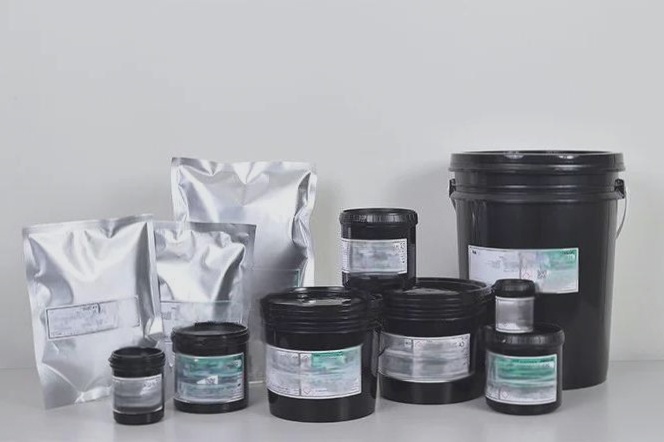1. **Introduction**
As the foundation for various components and the central hub for circuit signal transmission, the PCB has become the most critical and essential part of electronic information products. The quality and reliability of the PCB directly determine the overall performance and dependability of the entire system.
2. **Trends in PCB Development**
With the ongoing miniaturization of electronic products and increasing environmental regulations, such as the shift toward lead-free and halogen-free designs, PCBs are evolving towards higher density, higher Tg (glass transition temperature), and improved environmental sustainability.
3. **Challenges in PCB Production and Application**
Despite these advancements, technical and cost-related challenges have led to a variety of failure issues during the production and use of PCBs, which have in turn resulted in numerous quality disputes.
4. **Need for Failure Analysis**
To address these problems, it is crucial to conduct a thorough failure analysis of any incidents that occur. This process helps identify the root causes of the failures, formulate potential solutions, and clarify responsibilities.
5. **Basic Procedure of Failure Analysis**
(Content to follow)

To accurately identify the cause or mechanism of PCB failure, it is essential to follow the basic principles and analysis process. Failure to do so could result in missing valuable failure information, leading to incomplete analysis or incorrect conclusions. The general process begins with identifying the failure location and failure mode based on observed failure phenomena. This is achieved through information gathering, functional testing, electrical performance testing, and basic visual inspection. The failure location is typically easy to determine for simple PCBs or PCBA, but for more complex devices like BGAs or MCM-packaged substrates, defects may not be easily visible under a microscope and can be difficult to pinpoint right away. In such cases, additional methods are required to determine the failure site.
Next, it is important to analyze the failure mechanism. This involves using various physical and chemical techniques to understand the underlying cause of the PCB failure or defect, such as issues like cold solder joints, contamination, mechanical damage, moisture stress, corrosion, fatigue, CAF (conductive anodic filament) or ion migration, and stress overload, among others. Following the failure mechanism analysis, the root cause analysis is conducted. This involves identifying the specific cause of the failure mechanism based on the previous analysis and verifying it through testing, if necessary. Test verification should be performed whenever possible, as it is crucial in pinpointing the exact cause of the induced failure. This step provides a focused foundation for future improvements.
Finally, a failure analysis report should be compiled based on the data, facts, and conclusions gathered during the analysis. The report must be clear, logically structured, and well-organized, presenting the facts without speculation. In the analysis process, it is important to adhere to the principle of analyzing from simple to complex and from external to internal, always avoiding the destruction of the sample. This approach prevents the loss of crucial information and the introduction of new, man-made failure mechanisms. It is similar to a traffic accident investigation: if the parties involved in the accident destroy or flee the scene, it becomes difficult for investigators to determine fault accurately. In many cases, traffic laws assign full responsibility to the person who fled or tampered with the scene. PCB or PCBA failure analysis follows the same logic. For instance, if one uses a soldering iron to repair faulty solder joints or cuts the PCB with large scissors, the failure site is compromised, and further analysis becomes impossible. This is particularly problematic when there are few failed samples. Once the failure environment is destroyed or altered, it becomes impossible to accurately identify the true cause of the failure.
If your have any questions about PCB ,please contact me info@wellcircuits.com




